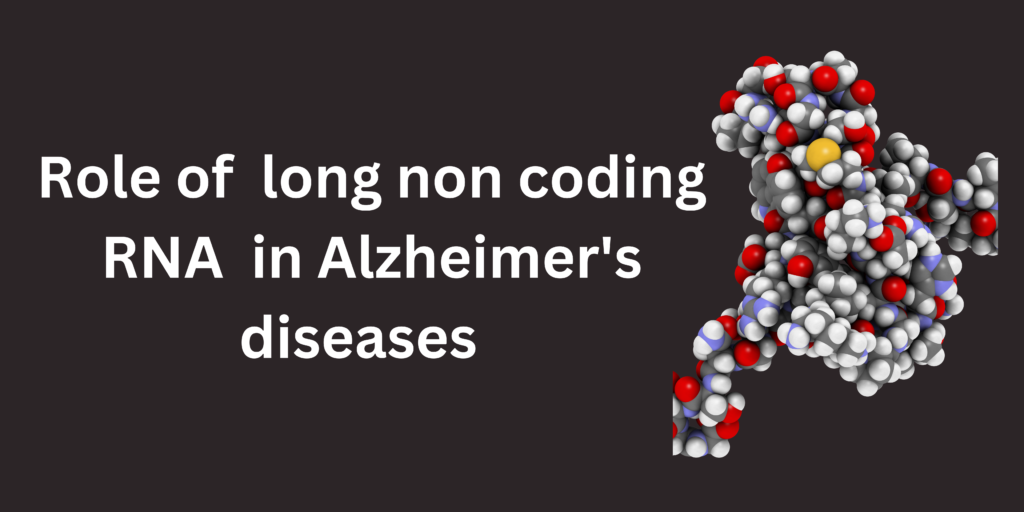Transcripts with a small ability to code for proteins, identified as long noncoding RNAs (lncRNAs), make up a central portion of transcriptional output. In keeping cellular homeostasis, they show a part in monitoring gene expression at the transcriptional, post-transcriptional, and epigenetic levels. The majority of lncRNA transcripts have indefinite roles, and lncRNA studies are still in their early stages. It is widely known that the exact control of gene expression is vital to the proper process of the human neurological system. Numerous research have confirmed the vital role lncRNAs play in both normal neuronal development and the onset and course of neurodegenerative disorders. Messenger RNAs (mRNAs) and lncRNA transcripts have some similarities, like being transcribed by RNA polymerase II, having classical splice sites (GU/AG), having comparable intron/exon lengths, exhibiting alternative splicing, and being linked to the similar kinds of histone changes as protein-coding genes. Though, lncRNAs lack open reading frames (ORFs) for coding gene and often have negligible protein-coding size, however some may code brief peptide sequences (Wan et al., 2017). β-secretase-1 antisense RNA (BACE1-AS), which regulates a vital gene in neurological disorders in humans, is among the most well-known occasions of a long noncoding RNA. The main pathological modification linked to Alzheimer’s disease is the buildup of amyloid plaques on neurons, which rise from the amyloid precursor protein (APP) being achieved by the β-site amyloid precursor protein-cleaving enzyme (BACE1). Study conducted by Faghihi and colleagues exposed that the BACE1 locus has a preserved antisense transcript called BACE1-AS (Modarresi et al., 2011). It has been confirmed that BACE1-AS can increase BACE1 mRNA levels by generating a stabilizing duplex with the mRNA, which increases the amounts of BACE1 protein in the cell. This discovery could be important for the design of AD treatments. When brain were continually exposed to the siRNA to knock down the expression of BACE1-AS in vivo, the brain’s production of β-amyloid decreased and there accumulation is also decreased, and BACE1 and BACE1-AS were downregulated (Wan et al., 2017). The brain cytoplasmic (BC) RNA BCYRN1 was a new lncRNA discovered that was shown to be abnormally regulated in Alzheimer’s disease and the aging brain. Age-matched Alzheimer’s disease brains were revealed to have higher amounts of BCYRN1 than control brains in Brodmann’s area 9, which is obstructed by AD. The relative levels of BCYRN1 RNA increased with the severity of AD (Mus et al., 2007). Since BCYRN1 controls native protein assembly in dendrites, it is potential that synaptodendritic degradation in AD and aging brains effects from high expression of BCYRN1. In difference, a diverse investigations found that the levels of BCYRN1 RNA in AD-affected brains were 70% lower than in control brains (Lukiw et al., 1992).
The human G-protein-coupled receptor 51 genes (GPR51, GABA B2 receptor) comprise a different noncoding RNA called 17A, which is used in closely regulating the alternative splicing of GPR51. 17A significantly disturbs the GABAB signaling pathway and decreases the transcription of GABAB R2. AD brain inflammation can principal to 17A expression, which in turn increases amyloid-β (Aβ) release and AD brain inflammation.



